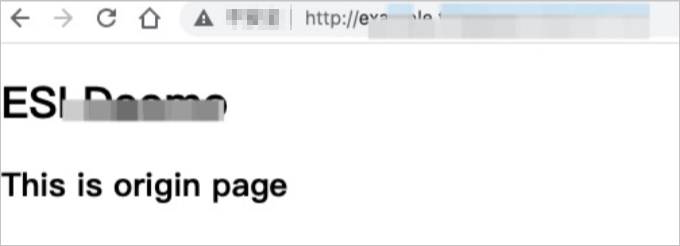This topic provides sample code that shows how to identify request information.
Sample code
You can configure different policies for request information, such as the requested URL, request method, User-Agent, and IP address. The following sample code provides an example on how requests are rejected based on the configured policies:
async function handleRequest(request) {
const url = new URL(request.url)
// Reject requests to access a file with the .txt or .mp4 extension.
const extRegExp = new RegExp(/\.(txt|mp4)$/)
if (extRegExp.test(url.pathname)) {
return new Response("403", { status: 403 })
}
// Return different content to POST requests.
if (request.method === "POST") {
return new Response("POST Request")
}
// Reject requests with a specific User-Agent header.
const ua = request.headers.get("User-Agent") || ""
if (ua.includes("value")) {
return new Response("403", { status: 403 })
}
// Reject requests from a specified IP address. You must read the value of Ali-Cdn-Real-Ip to obtain the real IP address of the client.
const clientIP = request.headers.get("Ali-Cdn-Real-Ip")
if (clientIP === "192.168.0.1") {
return new Response("403", { status: 403 })
}
return fetch(request)
}
addEventListener("fetch", event => {
event.respondWith(handleRequest(event.request))
})Results
Response to requests that meet the configured policies

Response to normal requests
